The dragon’s eye fruit, scientifically known as Dimocarpus longan, is a delicious tropical fruit closely related to the lychee. Popular for its sweet, juicy flesh and distinctive appearance — resembling an eyeball when peeled — the fruit has captivated food lovers across Asia and beyond. In this comprehensive article, we’ll delve into the fruit’s history, uses, nutritional benefits, and identify which country leads the world in dragon’s eye fruit production.
What Is Dragon’s Eye Fruit?
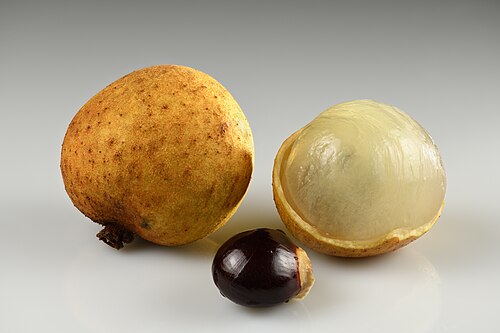
Commonly referred to as longan, the dragon’s eye fruit is native to Southern China and Southeast Asia. The fruit’s name comes from its appearance: a translucent, fleshy pulp encasing a shiny black seed, resembling an eyeball.
The fruit grows in large clusters on tropical evergreen trees, thriving in warm, humid climates. Its flavor is often described as sweet, subtly musky, and slightly less aromatic than its cousin, the lychee.
Historical and Cultural Importance
The longan has been cultivated for over 2,000 years in China, Vietnam, Thailand, and other parts of Southeast Asia. It holds significant value in Chinese traditional medicine, believed to:
- Strengthen the heart
- Improve sleep quality
- Enhance skin health
- Boost overall vitality
The fruit frequently appears in Asian desserts, soups, and teas, particularly in China and Thailand.
The Largest Dragon’s Eye Fruit Producer in the World: China
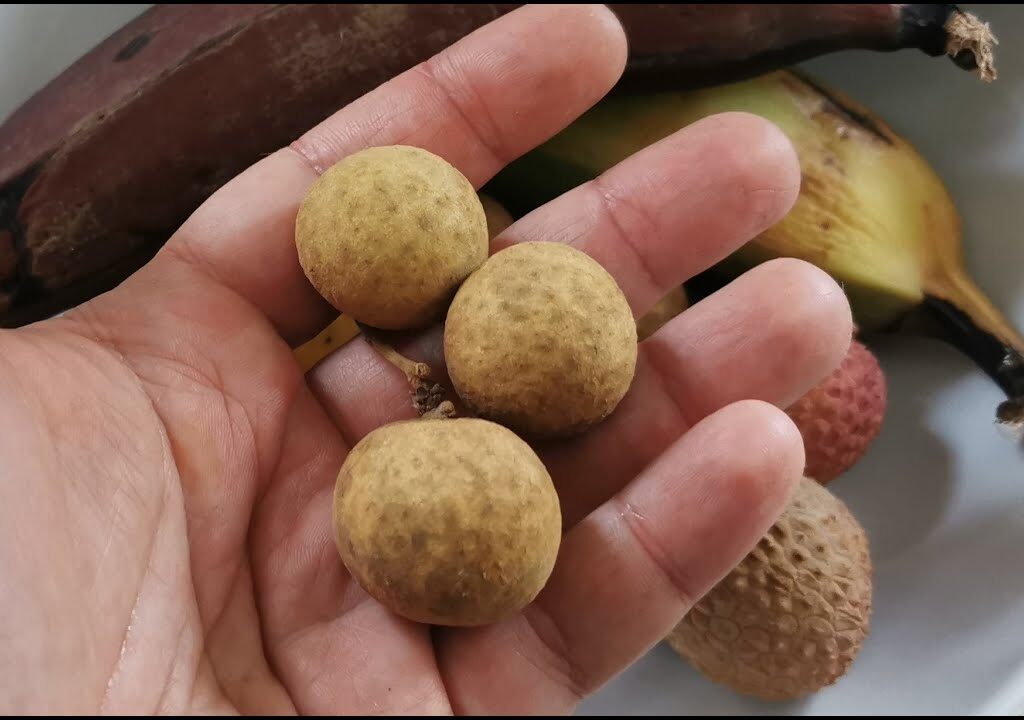
China is the largest producer of dragon’s eye fruit in the world.
Why China Dominates Longan Production
1. Indigenous Origins and Climate:
Southern China’s provinces, particularly Guangdong, Guangxi, Fujian, and Yunnan, offer optimal subtropical conditions for longan cultivation.
2. Centuries of Agricultural Expertise:
China’s longan farmers have refined cultivation techniques over centuries, resulting in consistently high yields and fruit quality.
3. Culinary and Medicinal Demand:
The fruit remains a staple in Chinese cuisine, traditional medicine, and festivals like the Mid-Autumn Festival.
4. Large Domestic Market:
With a population exceeding 1.4 billion, China’s domestic demand for fresh, dried, and canned longan products sustains large-scale farming.
5. Export Leadership:
China exports significant quantities of longan to Hong Kong, Malaysia, Singapore, the United States, and Australia.
Other Major Dragon’s Eye Fruit Producing Countries
While China leads, other countries also contribute to global production:
Thailand:
Renowned for its high-quality longan, especially from Chiang Mai, Lampang, and Lamphun. Thailand is the largest exporter of fresh longan globally.
Vietnam:
An important producer, particularly in the Mekong Delta and Northern Vietnam.
Indonesia and Malaysia:
Smaller yet consistent producers for local consumption.
Taiwan:
Known for premium dried longan used in traditional medicine and desserts.
Nutritional and Medicinal Benefits of Dragon’s Eye Fruit
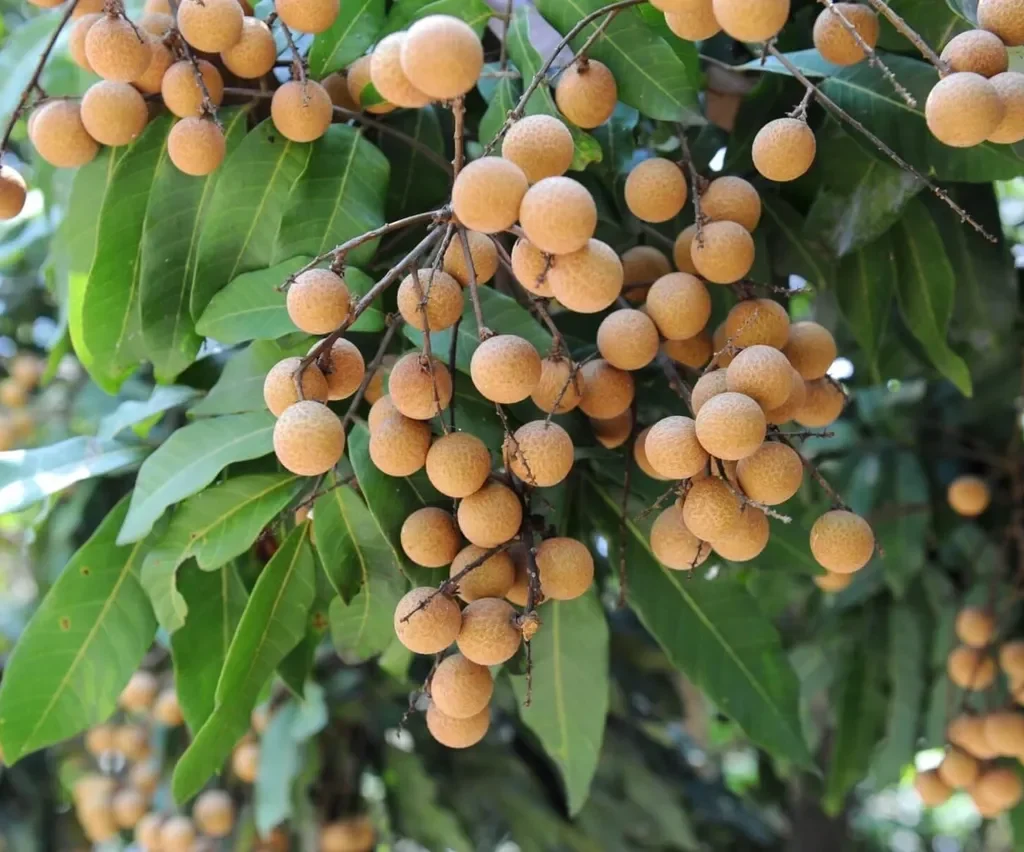
- Rich in Vitamin C: Supports immunity and skin health.
- Natural Antioxidants: Contains polyphenols that combat oxidative stress.
- Iron Content: Helps prevent anemia.
- Calming Properties: Traditionally used as a natural sedative.
- Low-Calorie: A guilt-free, hydrating snack.
Culinary Uses
- Fresh Consumption: Enjoyed as a juicy, cooling snack.
- Dried Longan: Used in Chinese soups, teas, and desserts.
- Longan Syrup and Jams: Popular in Southeast Asian sweets.
- Canned Longan: Exported globally for use in fruit cocktails.
Economic Importance in China
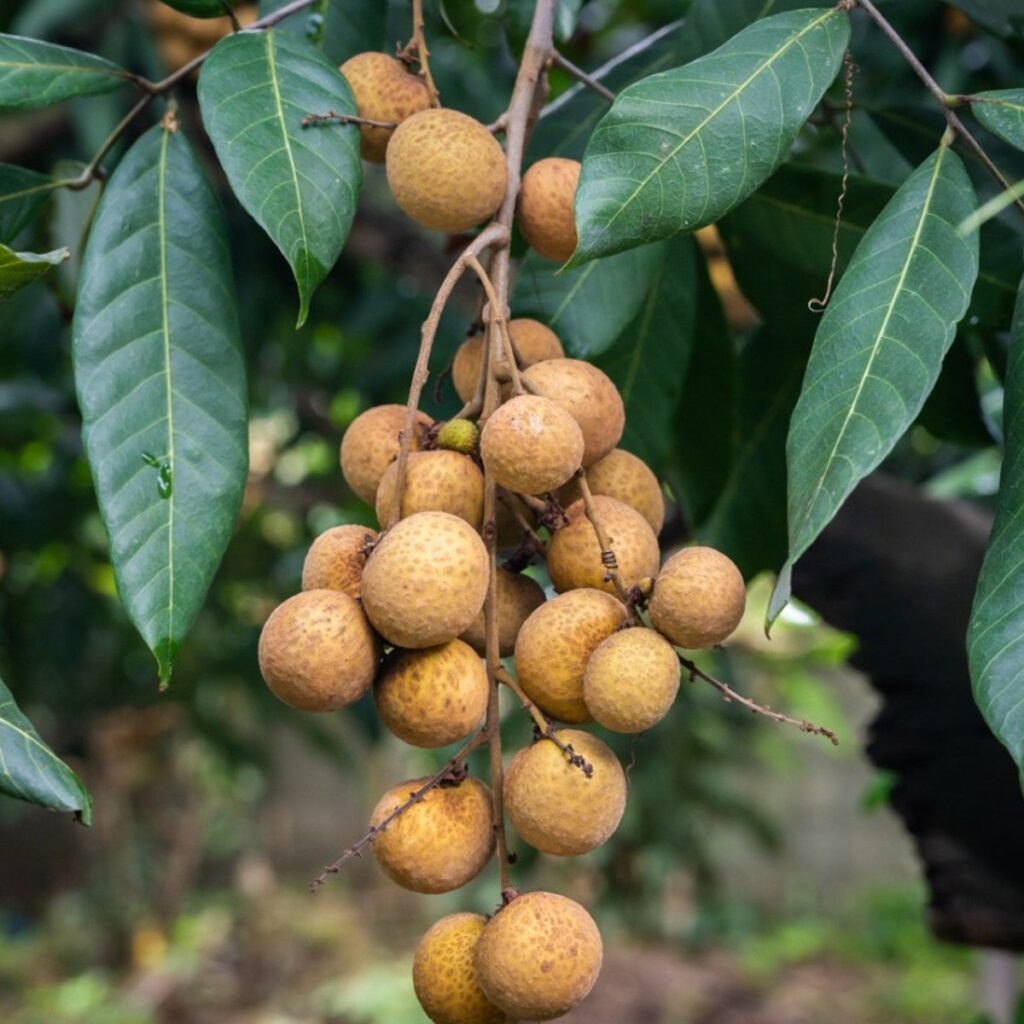
Longan farming is vital to rural economies in Southern China:
- Employment: Supports thousands of farming households.
- Export Revenue: Significant contributor to China’s agricultural exports.
- Agrotourism: Farm tours and fruit-picking festivals attract tourists.
- Value-Added Products: Dried longan, herbal teas, and skincare products boost farmer income.
Challenges in Dragon’s Eye Fruit Production
- Pest and Disease Management: Susceptibility to fruit borers and anthracnose.
- Climate Sensitivity: Dependence on consistent rainfall and warm temperatures.
- Post-Harvest Handling: Fresh longan has a short shelf life.
- Price Fluctuations: Market prices can be volatile based on seasonal yields.
Future Prospects and Industry Trends

The global popularity of tropical fruits, health foods, and natural wellness products offers growth potential for longan:
- Health-Conscious Consumers: Rising demand for antioxidant-rich snacks.
- Organic Farming: Expanding organic longan cultivation.
- E-commerce Growth: Online sales of dried longan, herbal teas, and skincare items.
- Agrotourism Expansion: Promoting farm-stay experiences.
Conservation and Sustainable Practices
- Integrated Pest Management: Reducing chemical pesticide use.
- Organic Fertilizers: Enhancing soil health.
- Community Training Programs: Educating farmers on modern techniques.
- Climate-Resilient Varieties: Developing drought- and disease-resistant cultivars.
Conclusion
China’s unparalleled history, optimal growing conditions, and massive domestic and export markets have established it as the largest dragon’s eye fruit producer in the world. From street vendors in Guangzhou to herbal tea shops in Hong Kong, the longan remains a cherished staple.
While Thailand, Vietnam, and other Asian countries maintain robust longan industries, none rival China in production scale, cultural significance, and market leadership. As global interest in exotic fruits and natural health remedies continues to grow, the dragon’s eye fruit industry promises exciting opportunities for both farmers and consumers worldwide.

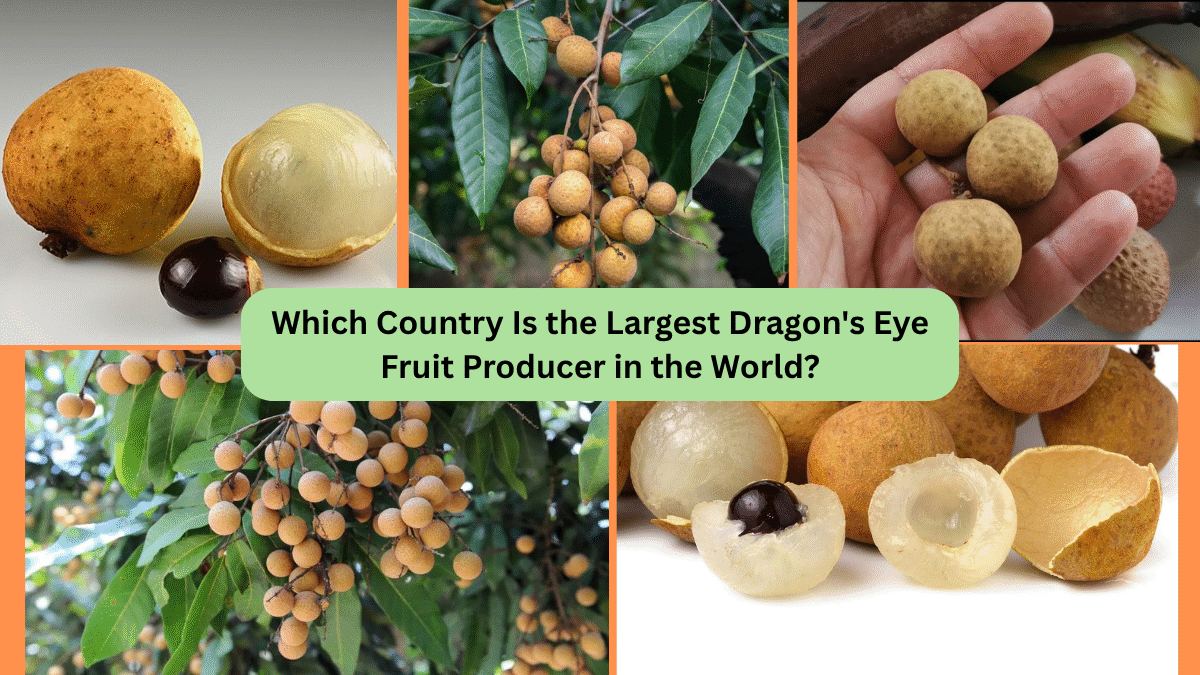



Leave A Comment